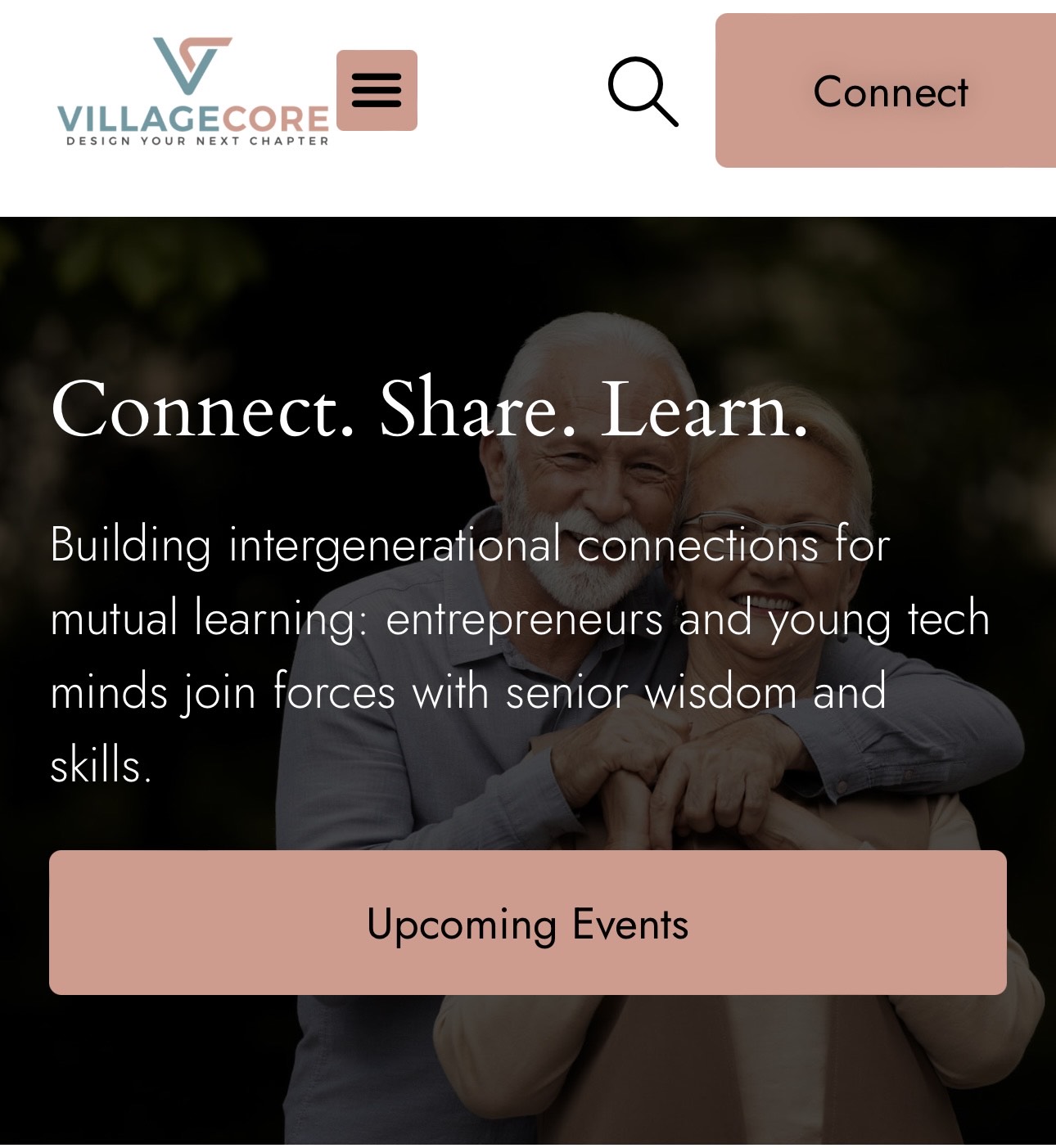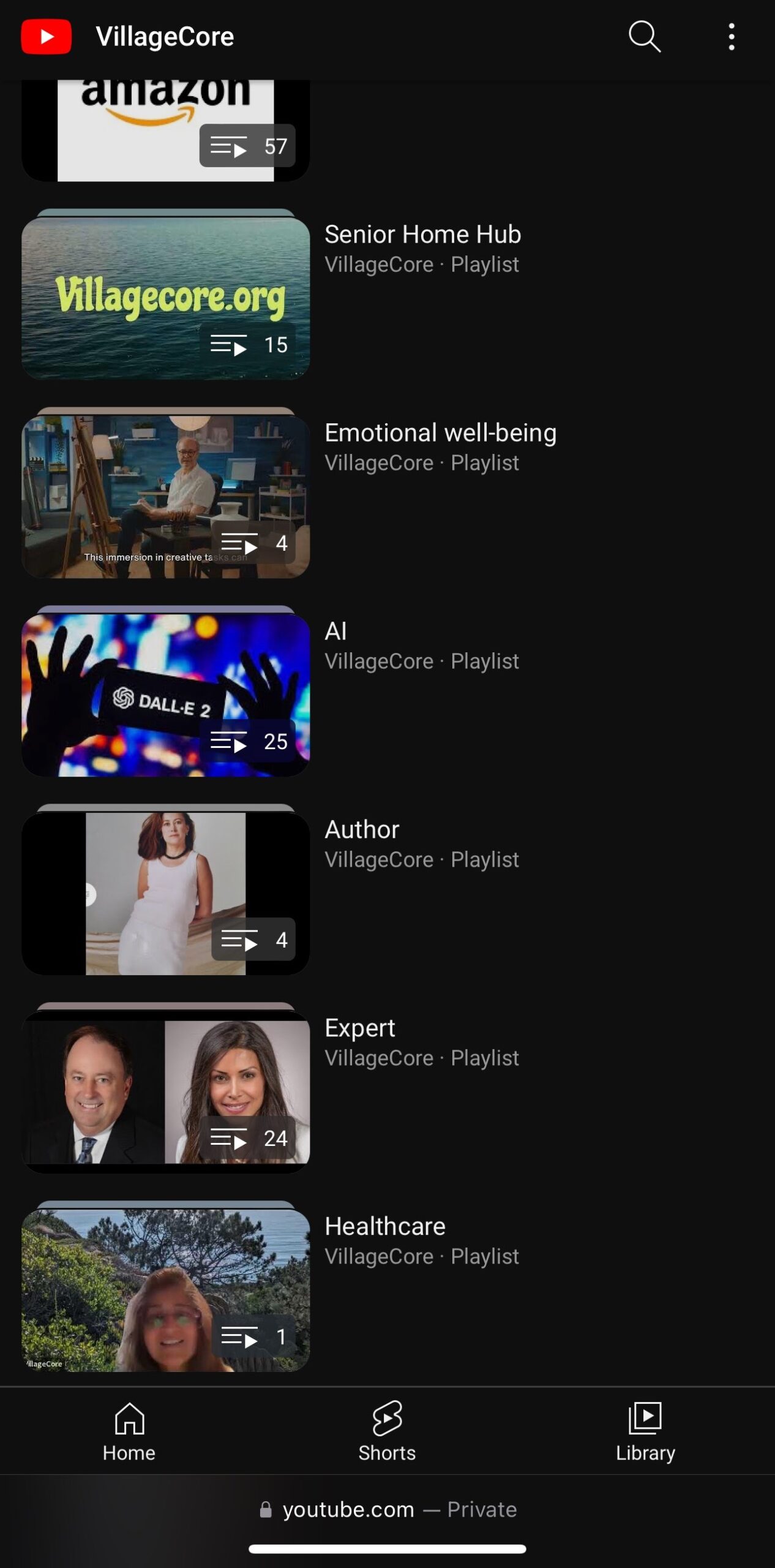
In today’s fast-paced world, technology is continually evolving, influencing nearly every aspect of our lives. For seniors, keeping up with these advancements can be both challenging and rewarding. Embracing technology can enhance connectivity, improve health management, and provide endless learning opportunities. Here are some practical tips to help seniors stay up to date with technology.
1. Start with the Basics
If you’re new to technology, start with the basics. Begin by learning how to use a smartphone or a tablet. These devices offer a user-friendly interface and a wide range of applications that can make daily tasks easier. Familiarize yourself with essential functions such as making calls, sending messages, and using the internet.
2. Take Advantage of Online Tutorials
The internet is a treasure trove of information, including numerous tutorials on how to use various technologies. Websites like YouTube offer step-by-step video guides on everything from using social media to setting up email accounts. These resources are particularly helpful as they allow you to learn at your own pace and revisit the material as needed.
3. Join Technology Classes
Many community centers, libraries, and senior organizations offer technology classes specifically designed for seniors. These classes provide hands-on instruction in a supportive environment. Participating in a class can also be a great way to meet other seniors who are interested in learning about technology.
4. Use Senior-Friendly Devices
Manufacturers are increasingly designing technology with seniors in mind. Look for devices that feature larger screens, simplified interfaces, and easy-to-read text. Some smartphones and tablets come with senior-friendly settings that make navigation more straightforward. Additionally, voice-activated assistants like Amazon’s Alexa or Google Home can help seniors manage tasks through simple voice commands.
5. Stay Connected with Social Media
Social media platforms like Facebook, Instagram, and Twitter are excellent tools for staying connected with family and friends. They allow you to share updates, photos, and messages effortlessly. If you’re unsure how to get started, ask a tech-savvy friend or family member to help you set up your profiles and show you the basics.
6. Explore Health and Wellness Apps
There are numerous apps available that can help you monitor your health and wellness. These apps can track your medication schedules, remind you of doctor’s appointments, and even help you maintain a healthy diet and exercise routine. Wearable devices like fitness trackers can also provide valuable insights into your physical activity and sleep patterns.
7. Join Online Communities
Online communities and forums are great places to ask questions, share experiences, and learn from others. Websites like Reddit, Quora, and specialized forums for seniors offer a wealth of information and support. Joining these communities can help you stay informed about the latest technological trends and solutions.
8. Practice Internet Safety
As you explore the digital world, it’s important to practice internet safety. Be cautious about sharing personal information online and use strong, unique passwords for your accounts. Be aware of potential scams and phishing attempts, and make sure your devices have updated security software. Learning about internet safety can protect you from cyber threats and enhance your overall online experience.
9. Keep an Open Mind
Technology is always evolving, and it’s essential to keep an open mind and a willingness to learn. Don’t be afraid to try new devices or software updates. While there may be a learning curve, the benefits of staying up to date with technology far outweigh the initial challenges. Embrace the adventure of learning something new and enjoy the opportunities it brings.
Conclusion
Staying up to date with technology can greatly enhance the quality of life for seniors, providing new ways to stay connected, informed, and entertained. By starting with the basics, taking advantage of available resources, and maintaining an open mind, seniors can confidently navigate the ever-changing technological landscape. Embrace these tips to make technology a valuable and enjoyable part of your daily life.


